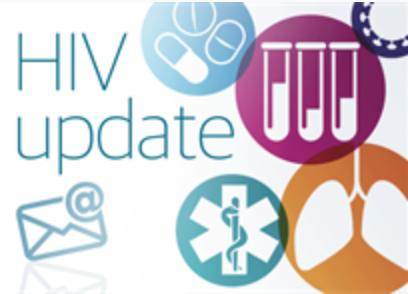Pacific AIDS Education & Training Center
The following courses are not 508-compliant and not available for CEs, however, there is a wealth of information we hope you enjoy!
By the end of this training, you'll be able to:
1) Review the neurobiology, medical consequences, and epidemiology of cocaine and methamphetamine use and discuss at least two (2) ways that cocaine or methamphetamine use can lead to increased HIV risk.
2) Explain the key concepts of at least three (3) effective behavioral interventions and risk reduction strategies for cocaine and methamphetamine use disorders.
3) Discuss the nature of the opioid epidemic, specifically where the drugs are coming from, who is using them, and the impact on the healthcare system.
4) Describe the history of opioid treatment and the FDA-approved medications for the treatment of opioid use disorder, including naltrexone, buprenorphine, and methadone.

By the end of this training, you'll be able to:
- Compare the relative merits of different FDA-approved HIV tests for different circumstances.
- Describe how new HIV and HCV tests fit in the current testing recommendations.
- Recognize the increasing role that RNA tests play in HIV and HCV diagnosis.

By the end of this training participants will be able to:
1. Describe antiretroviral classes and mechanisms of action
2. Discuss ARV drug toxicity, side effects, and drug interactions
3. Understand which ARV regimens are preferred for use in newly-diagnosed individuals

By the end of this training you will be able to:
1) Articulate the core principles of housing first.
2) Differentiate between a housing first and traditional approach to homelessness.
3) Identify opportunities to promote person-centered care for persons experiencing homelessness.

By the end of this training, you'll be able to:
1) Identify at least two factors of intersectionality that maintain inequality of access to services and treatment of HIV/AIDS.
2) Describe the use of at least two strategies to facilitate retention in treatment for people living with HIV/AIDS.
3) Discuss one possible action for each of the three stigma reduction strategy categories.

By the end of this training participants will be able to:
1. Describe antiretroviral classes and mechanisms of action
2. Discuss ARV drug toxicity, side effects, and drug interactions
3. Understand which ARV regimens are preferred for use in newly-diagnosed individuals

By the end of this training participants will be able to:
1. Review the current epidemiological trends of HIV and PrEP use
2. Discuss recent changes in recommended treatment options and strategies
3. Discuss the characteristics of newly approved ART regimens.
To Continue, please complete the Initial Survey below:

By the end of this training, you'll be able to:
1) To build provider capacity to provide culturally responsive services for gender non-binary people.
2) To increase provider knowledge of the unique healthcare needs of gender non-binary people.
3) To identify best practices to engage gender non-binary people in care.

